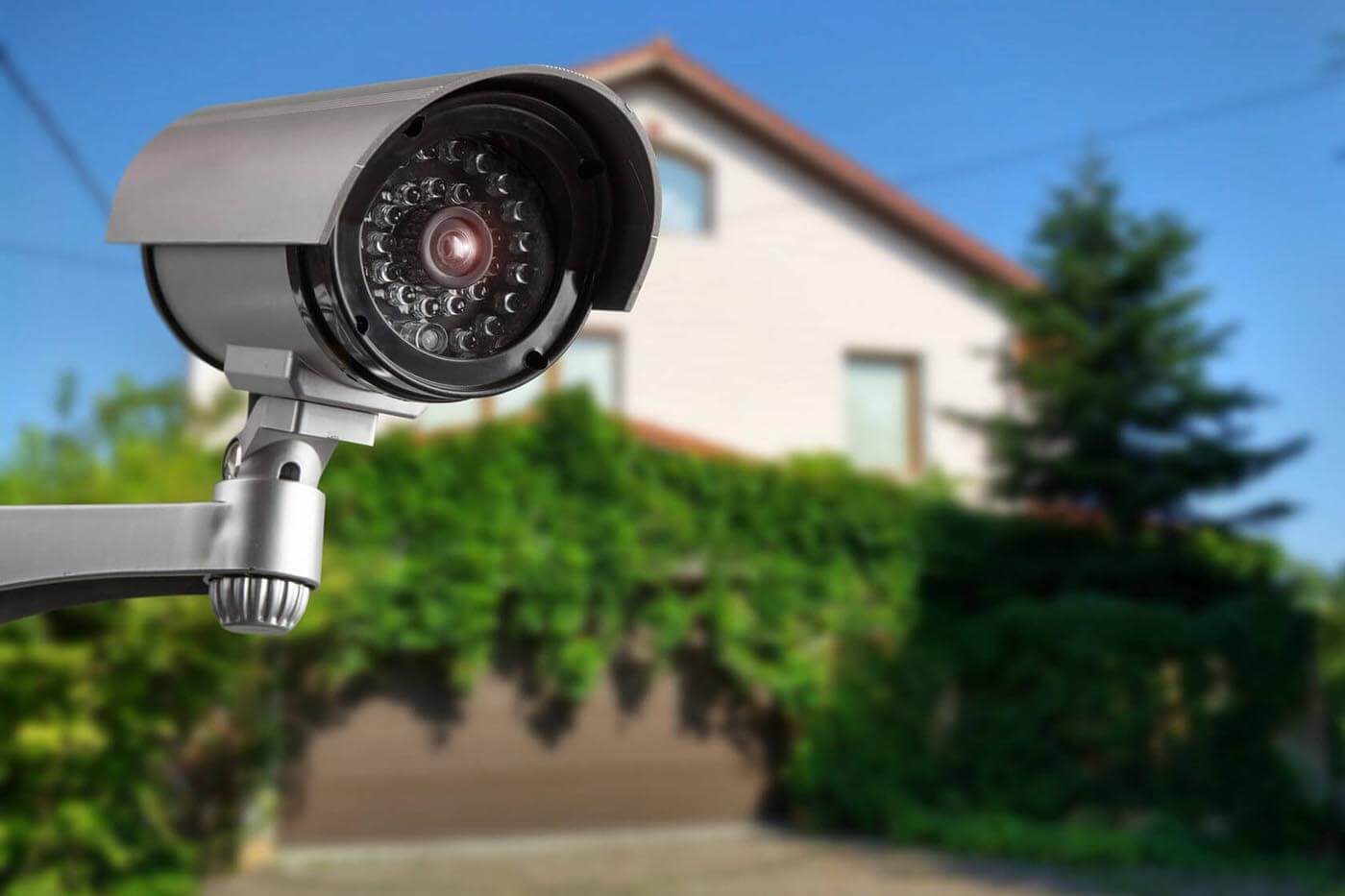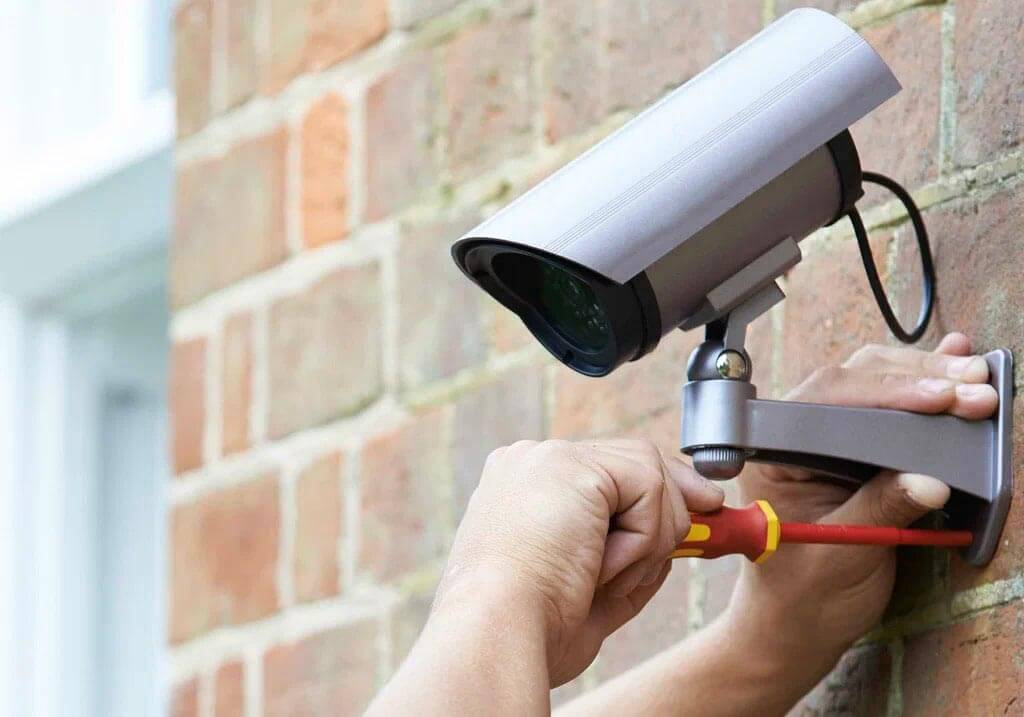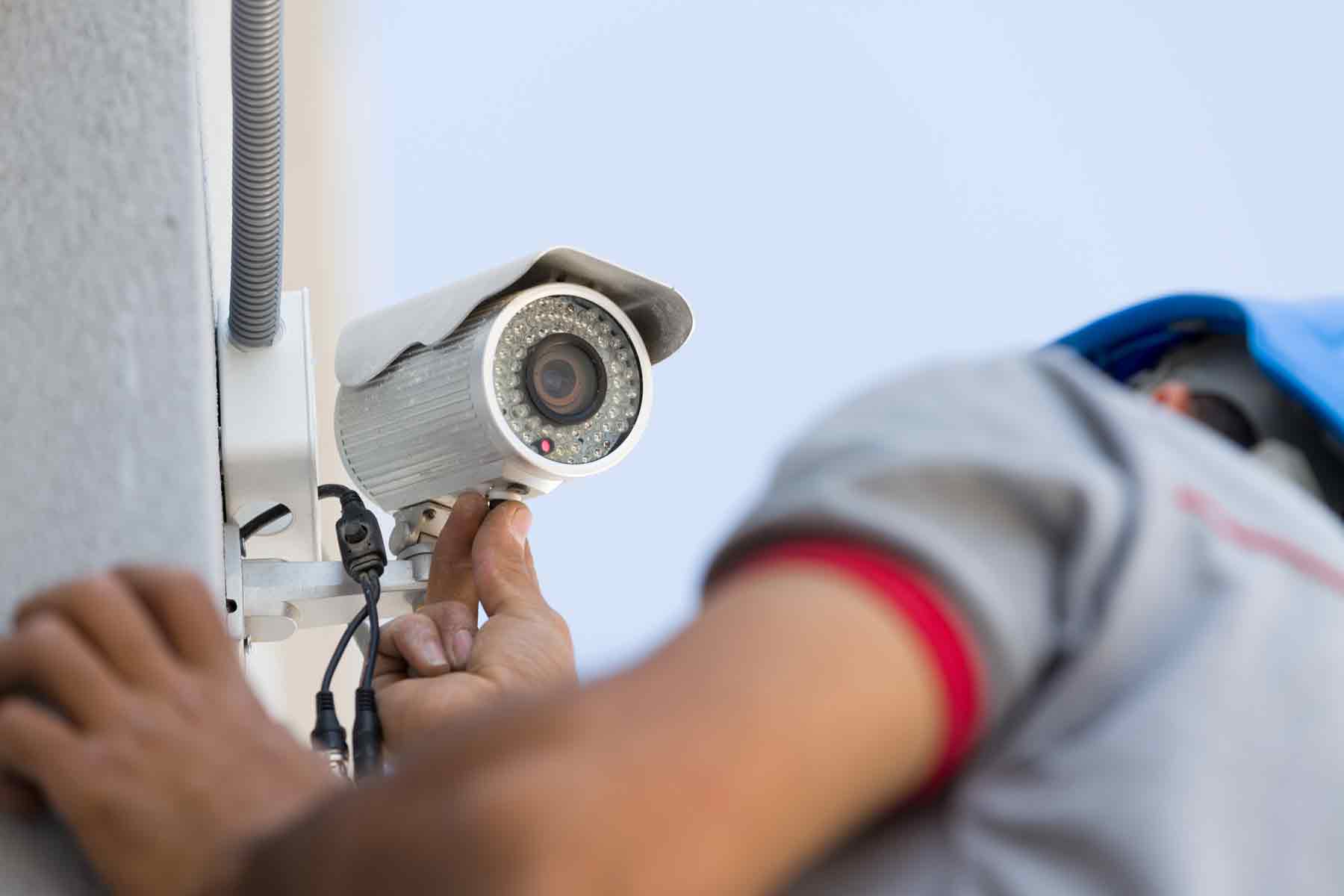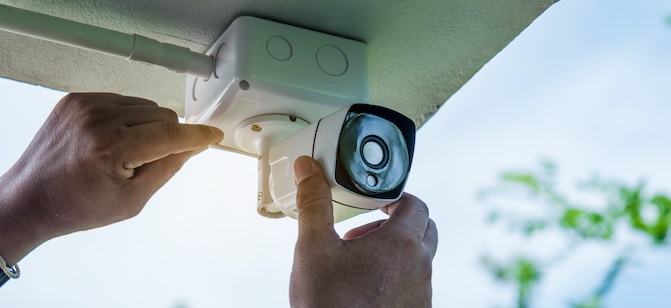Whether you live in a modest small house or have a huge property and lots of valuables, security cameras can play an important role for your security. You can purchase a system incorporating multiple indoor and outdoor cameras that will work as an extra pair of eyes, which is important when you are not physically present at home. However, it’s not just the choice of security cameras itself that can be a challenge, but whether or not they are difficult to install. Whatever your security camera is, it has both advantages and disadvantages. So, you need to consider several brands to choose the one that is right for you. You also need to find out if you can install the camera system yourself or if you need to call in a specialist. So, we are here to tell you the most important things about installing security cameras in your home.
Picking the Right Security Cameras – Important Things to Consider

There are many CCTV videos available on the global web. An increasing number of tenants and homeowners are installing security cameras to keep abreast of what is happening on their property. Security camera-based systems are an effective tool for investigating crimes. Moreover, security cameras help to reduce crime as the risk of being caught is significantly increased. With such a wide variety of security cameras available, choosing the right one for you can be difficult. So, here are a few things to consider.
Wired and Wireless Solutions
Although wireless networks are developing rapidly with ever-increasing data rates, there are still wired cameras on the market that generally cost less than their wireless counterparts. However, the downside of cheapness is the difficulty of installing such cameras. Connected by coaxial or HDMI cables, they form quite an intricate system that is difficult to install single-handedly. If you choose a wired security camera, you will most likely need to seek professional help to complete the installation. A key advantage of wired security systems is that they have no connection to the internet, making them difficult to hack from the outside. All video data is transferred to a network video recorder with built-in storage, e.g. a regular hard drive. The challenge with these systems is that – in addition to installing the cameras – you also need to do the cabling.
Wireless or IP cameras use a wireless network to transmit data and can work with a home Wi-Fi access point. However, they are not completely wireless in fact, as they are most often powered by a cable from the mains electricity supply. Although there are self-contained security cameras with a built-in battery, they do require battery replacement from time to time which can cause some discomfort when using them. If you require a full-featured camera system then you may want to add doorbell cameras. Most modern IP cameras can transmit video data to a smartphone and integrate it into a smart home system. Compared to wired cameras, IP cameras have a few drawbacks:
- Can be hacked by intruders. Experienced hackers can connect to the system from outside and control the cameras.
- Higher cost compared to wireless devices due to more complex design (built-in data receiver/transmitter).
- Additional costs. The ability to view the video on a smartphone may be a paid option.
However, wireless security cameras can be installed by yourself in most cases, which is an important advantage because you do not have to deal with the cabling. In addition, they allow you to monitor what is happening on your premises in real-time and respond in a timely manner to emergency events.
Quality and Brand
The security camera market is quite competitive with many brands offering different solutions varying in quality, available features and cost respectively. Since the competition is fierce, the equivalent quality and functionality of security cameras are priced similarly regardless of the brand. Some of the best options for home use include devices from Ring, ADT, Viva and a few others. Keep in mind that if you go to a professional company for installation assistance, you may be offered cameras of a particular brand due to their policy. It is best to look at devices from several brands on your own to make a final decision.
As for the quality of the camera, the first thing to look at is the image quality. High-resolution cameras can be useful if the details of the image matter. Capable of recording fine details like number plates, facial features of people and features of clothing, high-resolution cameras are more expensive and may require more bandwidth. The second important aspect of security cameras is the frame rate per second (FPS). Cheap cameras offer FPS of 18 to 22 which may not be enough to produce smooth video. Finally, pay attention to such features as a field of view (wide angle and narrow-angle devices) and availability of night vision function which is important for both outdoor and home use.
How Many Security Cameras Needed for Installation?
When deciding on the number of cameras to use for your home security system, you need to consider the size of your house and grounds, your security requirements and your budget. While some limit themselves to a doorbell camera, others create complex systems with many connected units. Before choosing cameras, draw up a plan of your house and the area to determine the best places to install cams. You can either buy the units separately, or you can purchase a basic package which might be more cost-effective for securing a small home. However, the first option offers better possibilities for scaling the system later on.
Location

According to the place of installation, cams are divided into indoor and outdoor. Indoor units are cheaper because they operate in less aggressive environments. As for the outdoor ones, they usually have weatherproof housing to prevent precipitation from getting inside. Also, if you choose a wired system, cabling in the house is a much easier task than cabling for outdoor cameras.
Video Storage
The cheapest cameras can only store short video clips for a short period of time. Wired systems come with a network video recorder with built-in storage where the footage is stored. Regardless of the internal storage capacity, you will occasionally need to erase the video footage, which can be inconvenient. Wireless cameras typically store video in a cloud service, and it’s not a free service. Be prepared to pay a monthly fee to be able to store and view video footage from your security cameras.
Camera Installation – DIY or Professional?
While some cameras are as easy to install as screwing in a light bulb, others require special equipment and tools for installation. If you have chosen a simple cams-based system with an integrated battery, you can do the installation yourself with a minimum of time. Simply choose where to install the devices, mount them according to the instructions (this can be as simple as sticking the cameras on or installing bolt-on mounts), and connect the Wi-Fi cameras to access them via your smartphone (a special app is required). However, if you need a professional security system based on high-resolution cameras, it’s best to seek help from an expert company. Here are some of the benefits of a professional security system installation that you should be aware of:
- An installation company can work with a security company that has high-quality requirements. This can be an additional guarantee for the security of your home and its contents.
- The specialist installer knows all about the cameras and their features, including the field of view, how to correctly aim the device at an object, and how to connect the units to a wireless network or do the cabling. With their knowledge and experience, they will complete the job quickly and efficiently.
- The installation of outdoor cameras is extremely difficult to do by hand, as it may require dangerous work at height.
Although doing the installation yourself will save you some money, there is no guarantee that you will do it right. However, professional installation involves both installation itself and set-up, monitoring and maintenance, which can lead to additional costs. You may be tempted to buy a few cameras, plug them in and think you’ve got a reliable security system. However, there are smarter solutions and we are here to give some tips to help protect your home and loved ones, even on a tight budget:
- Check out the basic solutions offered by several brands, looking at the number of cameras, the cost of each device, technical specifications (FPS, image quality, viewing angle, etc.), video storage features, smart home integration, and more.
- Check out available value-for-money offers such as free installation or free setup.
- Find out about available cloud storage discounts (e.g. first month free).

So, you now have a basic understanding of what components make up a home security system, what types of cameras there are, and what installation challenges you may encounter. All of this you will consider when planning your home security system budget. However, in addition to the complexity of choosing cameras, you will also face the dilemma of whether to do the installation yourself or leave the task to professionals. We believe that if you want to feel completely safe at home, it is better to go with an installation company. By spending a little more money on installing and setting up your security system, you are investing in your safety.
F.A.Q.
1. Which camera should I choose: wired or wireless?
There are actually three main types of cameras: wired, wireless and wire-free. Wired cameras connect to the video recorder via a coaxial or HDMI cable and are quite complex to install. Wireless cameras are still wired for mains’ power. As for the wire-free devices, they contain built-in batteries which allow them to work autonomously. Ultimately, the choice of security system depends on the nature of the area to be protected and your personal requirements for system reliability and security.
2. Why can IP cameras be insecure?
Because they connect to the WAN through your home Wi-Fi hotspot, which can be compromised by hackers. However, professional systems will also include software solutions to ensure secure data transmission over an encrypted channel.
3. Which video storage option to choose: video recorder or cloud storage?
Most modern security cameras transfer data wirelessly to cloud storage. Typically, a video recorder is part of a wired system. When deciding between these options, you should first be guided by attributes such as convenience and data security. With local storage, you will not be able to access your footage at any time as you can with cloud storage. However, there is always the risk that intruders will compromise data packets sent over wireless data links.
4. What is the range of vision of security cameras?
Most modern devices for home use are capable of capturing quality images up to 70 feet away. However, there are expensive professional systems with an optical zoom capable of seeing up to 10 times further away.
5. Is it worth installing ultra-wide-angle cams?
It makes sense if you want to capture more objects from a single device. However, ultra-wide-angle cameras capture images with distortion, which may not be the best option when the picture quality requirements are too high.
6. How much does it cost to install a security system?
The cost depends on the type of cameras chosen, their number and the specifics of their location in the protected facility. Although you may be tempted to do the installation yourself for free, many companies offer good discounts for professional installation.
